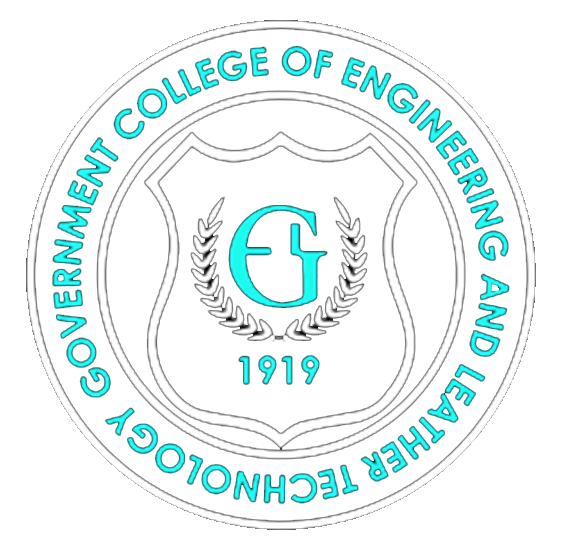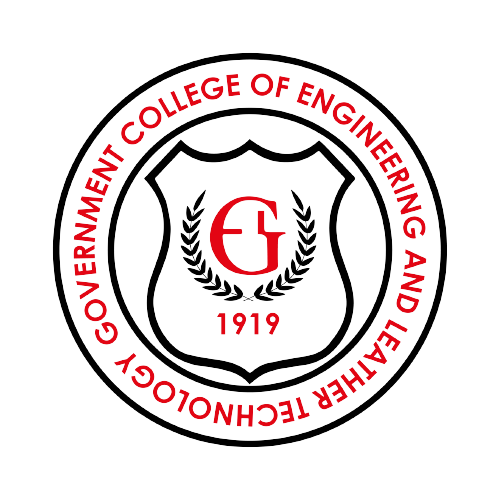WW 88 The Evolution and Impact of World War II on Modern Society
WW 88 refers to the enduring influence and legacy of World War II, a conflict that lasted from 1939 to 1945 and reshaped the geopolitical landscape, social structures, and technological advancements of the 20th century. This war was not merely a historic event; it was a catalyst for profound changes that would reverberate through the following decades and into our contemporary world. From the fall of empires to the rise of superpowers, from innovative warfare technology to the birth of international organizations, the lessons learned during this time continue to inform global politics, social ideologies, and economic strategies today. In this article, we will delve deeper into various aspects of WW 88, exploring its historical significance, technological advancements, societal changes, and its lasting impact on international relations.
Historical Context of WW 88
Understanding WW 88 requires delving into the complex historical events leading up to World War II. The aftermath of World War I set the stage for many political tensions that would erupt into another global conflict.
Global Economic Instability
The Great Depression of the 1930s created widespread economic hardship across Europe and America.
This period of financial instability led to rising unemployment rates, poverty, and social discontent. Nations struggled to recover economically, paving the way for extremist ideologies to take root. Germany, in particular, faced crippling reparations from World War I, leading to resentment and anger among the populace. The socio-economic environment fostered an atmosphere ripe for radical leadership, ultimately enabling Adolf Hitler and the Nazi Party to rise to power.
Another significant factor was the failure of the Treaty of Versailles, which aimed to create peace but instead sowed the seeds for future conflicts. The treaty harshly punished Germany, fueling a desire for revenge and territorial expansion. Economically weakened and politically fractured, the country found itself in turmoil, serving as fertile ground for militarism and nationalism to flourish.
Rise of Authoritarian Regimes
As nations sought solutions to their economic problems, authoritarian leaders emerged, promising stability and restoration of national pride.
In Italy, Benito Mussolini emphasized fascism, promoting aggressive nationalism and militarization. In Japan, militaristic expansionism became the norm, leading to invasions across Asia. These regimes ignited tensions that would ignite into full-scale war, with aggressive territorial ambitions leading to confrontations with other nations.
The rise of these authoritarian regimes represented a departure from democracy, causing a shift in global power dynamics. The actions of these countries not only destabilized Europe but also altered alliances and ignited widespread conflict that would eventually draw in nations around the world, marking the beginning of what would become World War II.
Prelude to War
The late 1930s saw several confrontations and diplomatic failures that marked the prelude to World War II.
While appeasement policies were pursued by Britain and France, believing they could avoid conflict through concessions, it became evident that such approaches only emboldened aggressors. The Munich Agreement of 1938 allowed Nazi Germany to annex parts of Czechoslovakia, highlighting the futility of appeasement. Ultimately, these events culminated in the invasion of Poland in September 1939, officially igniting World War II.
The complexities surrounding the lead-up to the war are reflective of broader themes in history—miscalculation, the struggle for power, and the consequences of failure to address systemic issues. Understanding this context is crucial for analyzing how World War II unfolded and how its impacts linger to this day.
Technological Innovations During WW 88
World War II was characterized by an unprecedented number of technological innovations that transformed warfare and daily life.
Advancements in Warfare Technology
One of the most significant facets of WW 88 was the rapid evolution of military technology.
From tanks to aircraft, the war prompted an arms race that revolutionized combat. For instance, the development of the tank evolved rapidly, enhancing mobility and firepower on the battlefield. Early models were limited, but innovations like the Sherman and T-34 tanks changed the face of ground combat, allowing for more offensive strategies and troop movement.
Moreover, aviation technology witnessed leaps forward, with fighter planes becoming integral to air supremacy. The introduction of long-range bombers such as the B-29 Superfortress enabled strategic bombing campaigns that targeted enemy infrastructure and morale, significantly altering the course of the war.
Advancements in Communication
Communication technology also experienced substantial advancements during World War II.
The use of radar and radio communications improved tactical coordination and intelligence gathering on the battlefield. Radar technology, initially developed in the interwar years, was enhanced during the war, allowing nations to detect incoming aircraft and ships, thus preventing surprise attacks. This technological edge often dictated the outcomes of battles and campaigns.
Furthermore, the establishment of communication protocols during the war laid the groundwork for modern telecommunications. Techniques for encrypted messages and secure lines introduced by codebreakers like Alan Turing and his team at Bletchley Park not only aided the Allies but also influenced post-war encryption technologies, impacting everything from military communications to internet security today.
The Birth of the Computer Age
Perhaps one of the most revolutionary legacies of WW 88 is the birth of modern computing.
During the war, the need for efficient calculations for artillery range and cryptography led to the development of early computers like the Colossus, used to break German codes. These machines represented the dawn of a new era, laying the foundation for the computer age that has since permeated every aspect of human life.
The transition from mechanical to electronic computation ushered in a wave of technological advancement that continues to evolve, demonstrating how wartime necessity can drive innovation that shapes society for generations. The reliance on technology for both military and civilian applications remains a hallmark of our current era.
Societal Changes Post-WW 88
The end of World War II marked a dramatic shift in social structures and norms across the globe.
Gender Roles and Women’s Rights
One of the most notable societal changes stemming from WW 88 was the shift in gender roles.
With men conscripted into military service, women filled roles traditionally held by men, working in factories, farms, and offices. This transformation was pivotal in challenging societal norms regarding women’s capabilities and rights. The iconic image of “Rosie the Riveter” symbolized this change, representing women’s contribution to the war effort and their fight for equality.
Post-war, while many women were pushed back into traditional roles, the experience garnered during the war became foundational for the feminist movements of the 1960s and beyond. Women’s participation in the workforce paved the way for future generations to challenge gender inequality, resulting in legislative changes that expanded women’s rights in various spheres, including education and employment.
Racial Integration and Civil Rights
World War II also acted as a catalyst for civil rights movements, particularly in the United States.
The involvement of African Americans in the war effort highlighted issues of segregation and discrimination. Organizations like the “Double V Campaign” emerged, advocating for victory against fascism abroad while pushing for equality at home. The experiences of Black soldiers and workers during the war intensified the demand for civil rights, setting the stage for the Civil Rights Movement of the 1950s and 1960s.
Moreover, the formation of the United Nations after the war emphasized principles of human rights, prompting discussions about race, equality, and justice on a global scale. The social upheavals triggered by the war contributed to a greater awareness of racial injustices, influencing policy changes and the promotion of civil rights movements worldwide.
The Impact on Global Communities
The destruction wrought by World War II forced nations to reconsider their relationships with each other, nurturing a sense of global community.
The establishment of international organizations such as the United Nations and NATO reflected a collective desire for peace and cooperation. Countries began to understand the importance of diplomacy and collaboration in addressing common challenges, leading to increased globalization.
Furthermore, the war spurred decolonization movements worldwide as colonized nations sought independence, inspired by the principles of self-determination and national sovereignty advocated by the victors of the war. This wave of decolonization altered the political landscapes in Africa, Asia, and the Caribbean, creating new nations and reshaping international relations.
FAQs
What does “WW 88” mean?
WW 88 refers to the continued study and analysis of the impacts and legacies of World War II, including its effects on global politics, society, and technology.
How did World War II reshape gender roles?
The war led to women entering the workforce in unprecedented numbers as men went off to fight, challenging traditional gender roles and contributing to the fight for women’s rights in the subsequent decades.
Who were the key technological innovators during WW II?
Key figures include Alan Turing, whose work in codebreaking laid the foundations for modern computing, and engineers who developed advanced weaponry and communication technologies that transformed warfare.
What impact did World War II have on civil rights movements?
The war galvanized efforts towards racial equality, especially in the U.S., as African American soldiers fought against racism abroad and demanded civil rights at home, laying the groundwork for the Civil Rights Movement.
How did WW 88 influence modern international relations?
The aftermath of World War II led to the founding of international institutions like the United Nations, promoting diplomacy and cooperation between nations to prevent future conflicts.
Conclusion
In examining WW 88, we uncover the multifaceted legacies of World War II that continue to shape our world today. From technological advances to shifts in societal norms and international relations, the war catalyzed transformations that resonate across generations. Understanding this impact enriches our comprehension of contemporary global dynamics, reminding us of the importance of learning from history to navigate the challenges of our present and future. The lessons from WW 88 serve as a poignant reminder of both the fragility and resilience of humanity, urging us to strive for peace, equity, and progress in a world still grappling with the echoes of its past.

